Sergels Torg
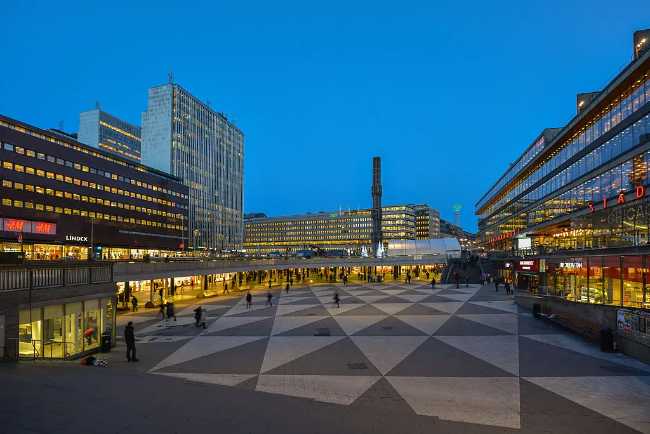
Sergels Torg is Stockholm’s central square, a dynamic hub of modern urban life and cultural activity. Named after 18th-century sculptor Johan Tobias Sergel, it was completed in the 1960s as part of a major city redevelopment. The square is known for its distinctive sunken plaza, patterned pavement, and the striking glass obelisk Kristallvertikalaccent, which illuminates the skyline at night. Surrounding the square are key landmarks such as Kulturhuset, a vibrant arts and performance center, and the bustling shopping district of Drottninggatan. Sergels Torg is a focal point for public gatherings, political demonstrations, and seasonal events, making it a lively meeting place throughout the year. Its underground passageways house shops and cafés, adding to its dynamic atmosphere. Whether exploring its architectural significance or simply soaking in the energy of the city, Sergels Torg offers a unique glimpse into Stockholm’s contemporary spirit.
Stockholm SwedenSergels Torg is Stockholm’s central and most iconic modern square, located in the Norrmalm district and completed in the late 1960s. It is instantly recognizable by its sunken pedestrian plaza with a distinctive black-and-white triangular pattern, the striking 37.5-meter glass obelisk "Kristallvertikalaccent," and the fountain that serves as a popular gathering spot for celebrations and public events. The square is bordered by major streets like Klarabergsgatan and Hamngatan, and is surrounded by landmarks such as Kulturhuset (Stockholm’s main cultural center with theaters and exhibitions), the five Hötorget skyscrapers, the Åhléns City department store, and the bustling shopping street Drottninggatan. Nearby attractions include Klara Church, Kungsträdgården park, the Avicii Experience museum, and the T-Centralen metro hub, making Sergels Torg a vibrant urban epicenter for shopping, culture, and city life.
 Vasamuseet
Stockholm
Vasamuseet
Stockholm
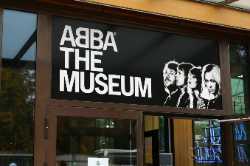 ABBA The Museum
Stockholm
ABBA The Museum
Stockholm
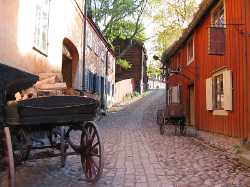 Skansen
Stockholm
Skansen
Stockholm
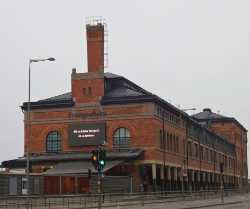 Fotografiska
Stockholm
Fotografiska
Stockholm
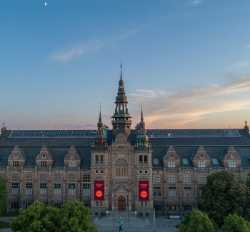 Nordic Museum
Stockholm
Nordic Museum
Stockholm
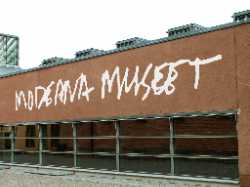 Moderna Museet
Stockholm
Moderna Museet
Stockholm
 Livrustkammaren
Stockholm
Livrustkammaren
Stockholm
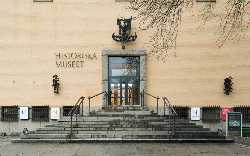 Historiska Museet
Stockholm
Historiska Museet
Stockholm
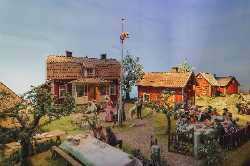 Junibacken
Stockholm
Junibacken
Stockholm
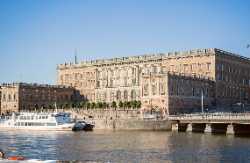 Kungliga Slottet
Stockholm
Kungliga Slottet
Stockholm
 Drottningholms Slott
Stockholm
Drottningholms Slott
Stockholm
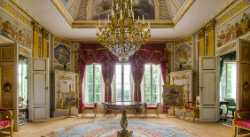 Gripsholm Castle
Stockholm
Gripsholm Castle
Stockholm
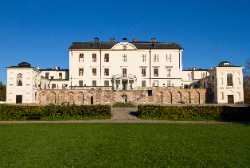 Rosersberg Palace
Stockholm
Rosersberg Palace
Stockholm
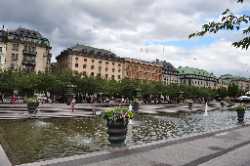 Kungsträdgården
Stockholm
Kungsträdgården
Stockholm
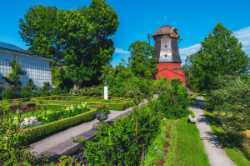 Royal Djurgården
Stockholm
Royal Djurgården
Stockholm
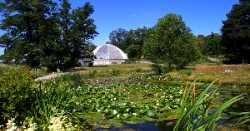 Bergianska trädgården
Stockholm
Bergianska trädgården
Stockholm
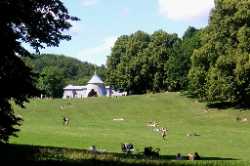 Hagaparken
Stockholm
Hagaparken
Stockholm
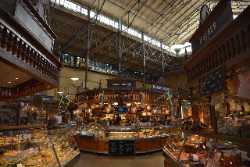 Östermalms Saluhall
Stockholm
Östermalms Saluhall
Stockholm
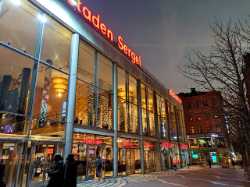 Hötorgshallen
Stockholm
Hötorgshallen
Stockholm
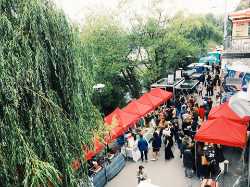 Hornstulls Marknad
Stockholm
Hornstulls Marknad
Stockholm
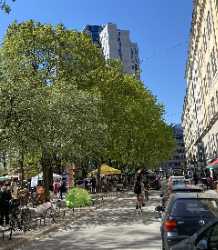 Bondens Egen Marknad
Stockholm
Bondens Egen Marknad
Stockholm
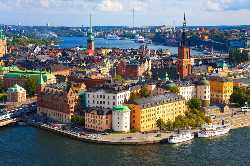 Gamla Stan
Stockholm
Gamla Stan
Stockholm
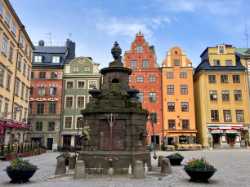 Stortorget
Stockholm
Stortorget
Stockholm
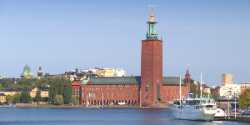 Stadshuset
Stockholm
Stadshuset
Stockholm
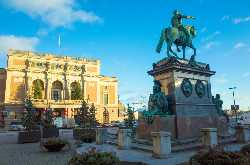 Gustav Adolfs Torg
Stockholm
Gustav Adolfs Torg
Stockholm
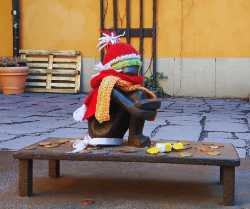 Järnpojke
Stockholm
Järnpojke
Stockholm
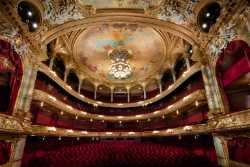 Royal Swedish Opera
Stockholm
Royal Swedish Opera
Stockholm
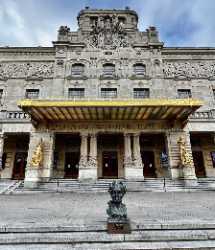 Royal Dramatic Theatre
Stockholm
Royal Dramatic Theatre
Stockholm
 Kulturhuset Stadsteatern
Stockholm
Kulturhuset Stadsteatern
Stockholm
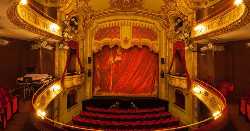 Södra Teatern
Stockholm
Södra Teatern
Stockholm
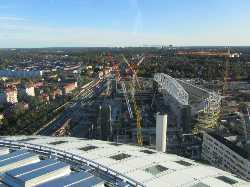 SkyView
Stockholm
SkyView
Stockholm
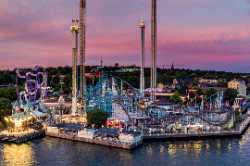 Gröna Lund
Stockholm
Gröna Lund
Stockholm
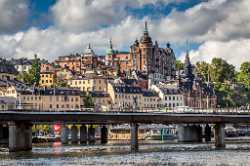 Södermalm
Stockholm
Södermalm
Stockholm
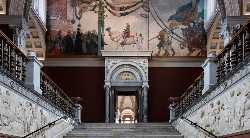 Nationalmuseum
Stockholm
Nationalmuseum
Stockholm
 Viking Museum
Stockholm
Viking Museum
Stockholm
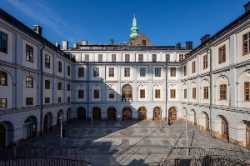 Stockholm City Museum
Stockholm
Stockholm City Museum
Stockholm
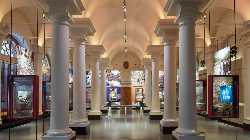 The Nobel Prize Museum
Stockholm
The Nobel Prize Museum
Stockholm
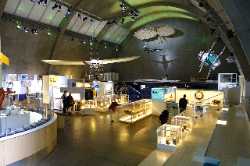 Tekniska museet
Stockholm
Tekniska museet
Stockholm
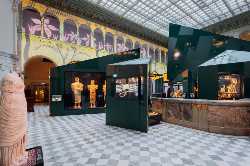 Medelhavsmuseet
Stockholm
Medelhavsmuseet
Stockholm
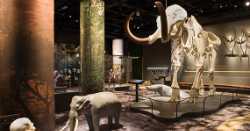 Naturhistoriska riksmuseet
Stockholm
Naturhistoriska riksmuseet
Stockholm
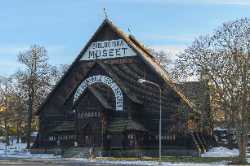 Biologiska museet
Stockholm
Biologiska museet
Stockholm
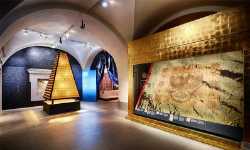 Armémuseum
Stockholm
Armémuseum
Stockholm
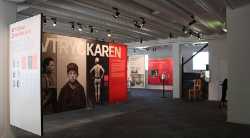 Polismuseet
Stockholm
Polismuseet
Stockholm
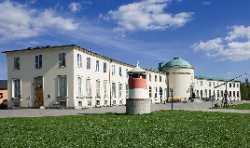 Sjöhistoriska museet
Stockholm
Sjöhistoriska museet
Stockholm
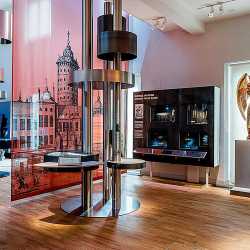 Ekonomiska museet
Stockholm
Ekonomiska museet
Stockholm
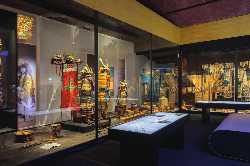 Etnografiska museet
Stockholm
Etnografiska museet
Stockholm
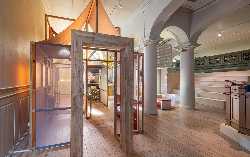 Judiska museet
Stockholm
Judiska museet
Stockholm
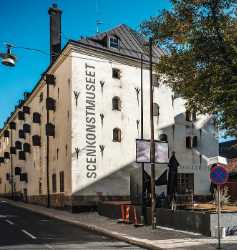 Scenkonstmuseet
Stockholm
Scenkonstmuseet
Stockholm
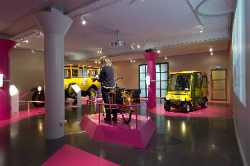 Postmuseum
Stockholm
Postmuseum
Stockholm
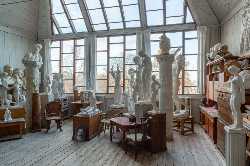 Carl Eldhs Ateljémuseum
Stockholm
Carl Eldhs Ateljémuseum
Stockholm
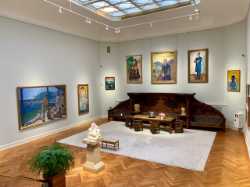 Thielska Galleriet
Stockholm
Thielska Galleriet
Stockholm
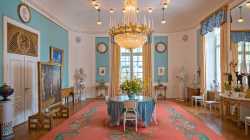 Prince Eugen’s Waldemarsudde
Stockholm
Prince Eugen’s Waldemarsudde
Stockholm
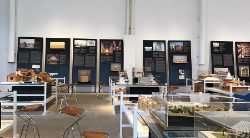 Swedish Centre for Architecture and Design
Stockholm
Swedish Centre for Architecture and Design
Stockholm
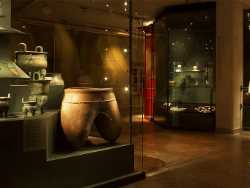 Östasiatiska museet
Stockholm
Östasiatiska museet
Stockholm
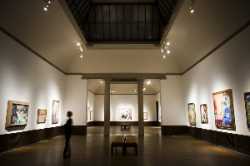 Liljevalchs Konsthall
Stockholm
Liljevalchs Konsthall
Stockholm
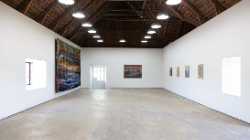 Galleri Magnus Karlsson
Stockholm
Galleri Magnus Karlsson
Stockholm
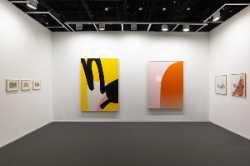 Andréhn-Schiptjenko
Stockholm
Andréhn-Schiptjenko
Stockholm
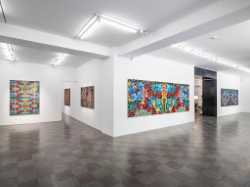 Wetterling Gallery
Stockholm
Wetterling Gallery
Stockholm
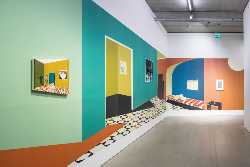 Bonniers Konsthall
Stockholm
Bonniers Konsthall
Stockholm
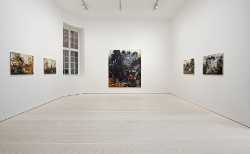 Galleri Forsblom
Stockholm
Galleri Forsblom
Stockholm
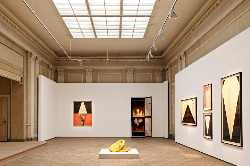 CFHILL Art Space
Stockholm
CFHILL Art Space
Stockholm
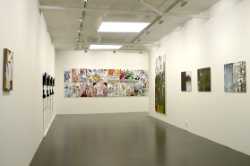 Galleri Flach
Stockholm
Galleri Flach
Stockholm
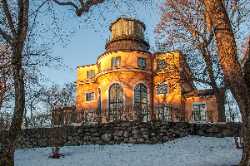 Stockholm Old Observatory
Stockholm
Stockholm Old Observatory
Stockholm